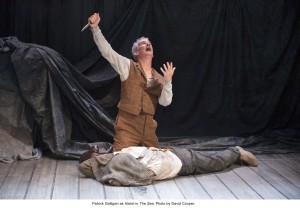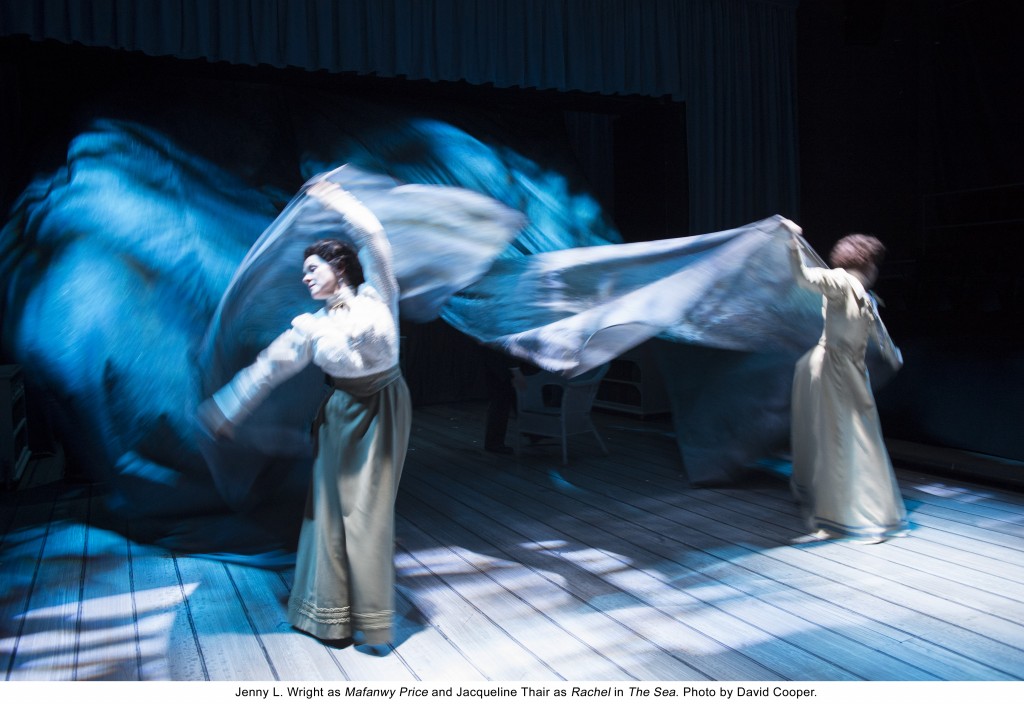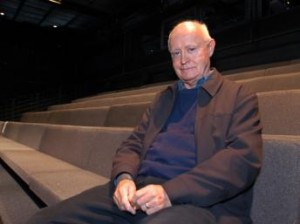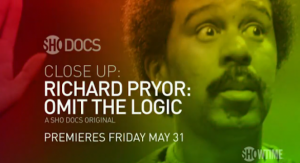
The film Richard Pryor: Omit the Logic serves as a compassionate but unflinching exploration of comedian-actor Richard Pryor’s inner and outer lives -and how one affected the other. It’s a rich experience of a film, in part because of many insightful and profile-creating interviews with the likes of Robin Williams, Whoopi Goldberg, Bob Newhart, Walter Mosley, Mel Brooks, Lily Tomlin and others. Equally impressive is how this documentary unfolds as a challenging drama of one man’s life. This interview with executive producer Jennifer Lee Pryor –also an interviewee in the film and Pryor’s widow- took place in May of 2014.
James Strecker: In the film, Whoopi Goldberg calls Richard’s performance free-flying and Robin Williams compares Richard’s routine to Coltrane playing. Was Richard into jazz? Was a need for improvisation part of Richard’s life?
Jennifer Lee Pryor: Richard adored jazz and had many musician friends, among them Miles Davis. Richard worked much as a jazz musician would, with lots of improvisation then he’d nail it down so he could be free to improvise on top of that.
JS: People in the film discuss or imply Richard’s demons. What exactly were these demons and what did he do about them and which ones couldn’t he shake for his whole life?
JLP: Aaah, huge question, not easily answered. Demons, we all have them, but Richard’s were like monkeys on his back. It all begins in childhood. Having fame and money doesn’t help squash them, but rather nurtures them.
JS: Apparently the look that Dean Martin had in his eyes while Richard was doing his Vegas gig jump-kicked Richard out of compromise as an artist and then “Richard Pryor became Richard Pryor”. What exactly happened in that series of events?
JLP: Richard walked off stage in Vegas and headed to Berkley where he hung out with the Black Panthers, slept on a mattress and discovered his truth -which he was able to translate into his brand of rich comedy.
JS: Someone in the film summarizes Richard’s attitude as “If it wasn’t real, fuck it.” I’ve always felt that a finely-tuned bullshit detector was deep-rooted in him and part of who he was. His intense eyes seemed to be constantly checking out the world and people around him for deeper levels. What do you think?
JLP: Oh hell, yeah, if he sensed bullshit or lies, it made him angry, made him want to confront it, because he couldn’t stand it. This too was a burden.
JS: I’ve always sensed that Richard always pushed his audience far beyond their complacency, whether they knew it and liked it or not. He also pushed the boundaries of censorship and surely he pushed himself. What was it about the man that needed to do deny barriers or challenge the status quo?
JLP: This question follows the bullshit detector question and it all goes hand and hand. Richard was a seeker and he was relentless. The audience had to come along for the ride or it didn’t. And they didn’t always, but Richard didn’t care, since it was the truth or fuck it.
JS: How did he prepare himself to go on stage and do his performances and what did it take to improvise the way he did?
JLP: Actually, when Richard worked, he was incredibly disciplined. I worked with him on Live in Concert, his first concert film, and we went to the Comedy Story every night where he would improvise and I took notes. The following morning we went over the notes and he decided what he would keep and enhance and what he would drop. This is called ‘woodshedding’. This went on for months and, at the end of this period of time, he had an amazing concert which he took on the road and which culminated in a film.
JS: What did he want or need as a human being and what did he want or need as an artist?
JLP: Existential questions here. Ok, I’ll give it a try: Love. Acknowledgment. Love. Fame. Love. Love. Love. Love.
JS: You’re identified as Wife #4 and Wife #7 in the film and, from the segments of the interviews with you, it is obvious that Richard is still deeply part of you, so are you willing to tell us about your relationship with him?
JLP: Happy to share. Actually, I always identify myself as ‘the best one’. He was and remains the love of my life, a complicated and magical man. I fell in love with him the first day I met him. I was introduced through Lucy Saroyan, who was working for him and dating him at the time. I worked for him for 6 months before we began dating. It was an intense relationship, turbulent and exciting, resulting in marriage, divorce. I moved back to New York and we always kept in touch. I returned in 1994 when Richard was ill with MS and needed me more than ever. We remarried in 2001. Obviously, the second time around was not as turbulent but was filled with the drama of his illness and familial issues. I had to restructure and organize his business, which involved suing a whole bunch of motherfuckers who were stealing what wasn’t nailed down. I am passionate about securing Richard’s legacy.
JS: I’ve discussed racism with a number of black musicians including Dizzy Gillespie, Oscar Peterson, and Jay McShann, and conclude that there is no way that a white can remotely understand and actually feel what it means to be a black in America. >From knowing Richard as you do, what would you say?
JLP: No one can understand what it is to be black in this country. But we must try to empathize and understand and always fight the good fight against ignorance, always raising our voices against racism whenever we see it. That is an obligation I feel deeply and always have. My great aunt was married to Oliver Brown, one of John Brown’s sons, who was killed along with the rest of the sons, Brown and his cavalry, while trying to free the slaves at Harper’s Ferry, West Virginia. Slavery was American’s birth defect and remains a visceral scar.
JS: Richard’s first and groundbreaking LP was titled, “That Nigger’s Crazy” yet, during your trip to Kenya, he declared, “I ain’t ever gonna use that word again.” Could you explain what this declaration meant?
JLP: Actually, his first album was simply titled Richard Pryor. You are referencing a tour de force, however. We were standing in the lobby of the Hilton Hotel and he looked around and was stunned that all he saw were black people. He said, “Look, there are n*&%^#”s here, Jenny”. He saw dignity and people comfortable in their own skin. Richard believed the word to be so pejorative from then on, and he never used it again.
JS: What -or who- were the most influential key factors in Richard’s life that made him what he was and why was it so for each one?
JLP: Grandmother Marie, who was the ‘madam’ of the brothel in which he grew up. Richard was forced to choose between his grandmother and his mother on the witness stand as a young child. That was traumatic and scarring.
JS: You lost Richard to his freebasing and then you remarried. Your discussions of him in the film are quite moving. So what was it about Richard –and I’m going by the interviews in the film- that seemed to inspire such love, dedication, compassion, and concern in people for him? Was it his pain? Or his magnetism? Or what was he like as a human being?
JLP: Richard’s vulnerability was moving and deeply endearing. He was a lonely man, I was a lonely person too on this planet, and we found each other. I connected to his pain as many people did.
JS: According to Robin Williams in the film, doing his comedy routine was a vulnerable and raw experience for Richard. Why did Richard do comedy as he did?
JLP: As Dick Gregory said, “Richard performed brain surgery on America.” I think comedy saved Richard’s life. It was a place he could exorcise his demons and shout the truth about his life, his pain and how he viewed the world.
JS: I don’t mean this to be a ridiculous question, but do you have any favorites from Richard’s performances that feel especially meaningful to you?
JLP: That, of course, would be Live in Concert, as I worked on it with him and we were very much in love, and also Live On Sunset, because we were married. Live in Concert remains my favorite and, if you watch it, you will understand why.
JS: What are the public misconceptions about Richard Pryor that trouble you most?
JLP: That Richard was merely someone who did drugs and beat up women. This was the darkness. There was also a tremendous amount of light in Richard. He was a wonderful person and cannot be diluted with these simplifications.
JS: Would you care to talk about Richard and Hollywood and network television?
JLP: Richard was given the opportunity to do a ‘variety’ show for NBC, late seventies, and he kicked ass, and then the executives realized what they had done and pulled the plug; lol, it was genius television.
JS: Tell us about Pryor’s Planet, what it is and your role in it, and about Richard’s love of animals. What did animals bring into his life? What were his feelings about animals?
JLP: We both shared a deep love and understanding for animals. Richard and I founded Pryor’s Planet, two years before his death, of which I am director. I am a very hands on rescue. Richard was like a child with animals. He gave voice to them. The first time I saw this was in a pasture in Hana, HI. Richard pretended to interview a cow: “Mr. Cow, please tell us what it’s like in this beautiful pasture overlooking the Pacific. I myself would get rather bored with all this beauty.” Fish, dogs, monkeys, horses, on and on, he connected with them. And you can hear that connection to animals referenced in some of his comedy.
JS: What new projects are you working on?
JLP: I am producing a bio pic on Richard’s life and writing a second book. I am always looking for new projects and ways to enhance Richard’s legacy. And to introduce Richard to a new generation.
JS: I would think that capturing a unique human being like Richard in a bio pic would present many difficulties. How are you handling these? What’s the book about and how’s it going?
JLP: Richard’s life is a big life, big material, so it is challenging to articulate this authentically and make it accessible so as to make Richard truly come alive and understood. Challenging indeed. The book is about my return to Richard and the years that followed and the monumental challenges that we had to meet, and the ones that I had to confront alone. What a journey.
JS: Thanks for the interview and the film.
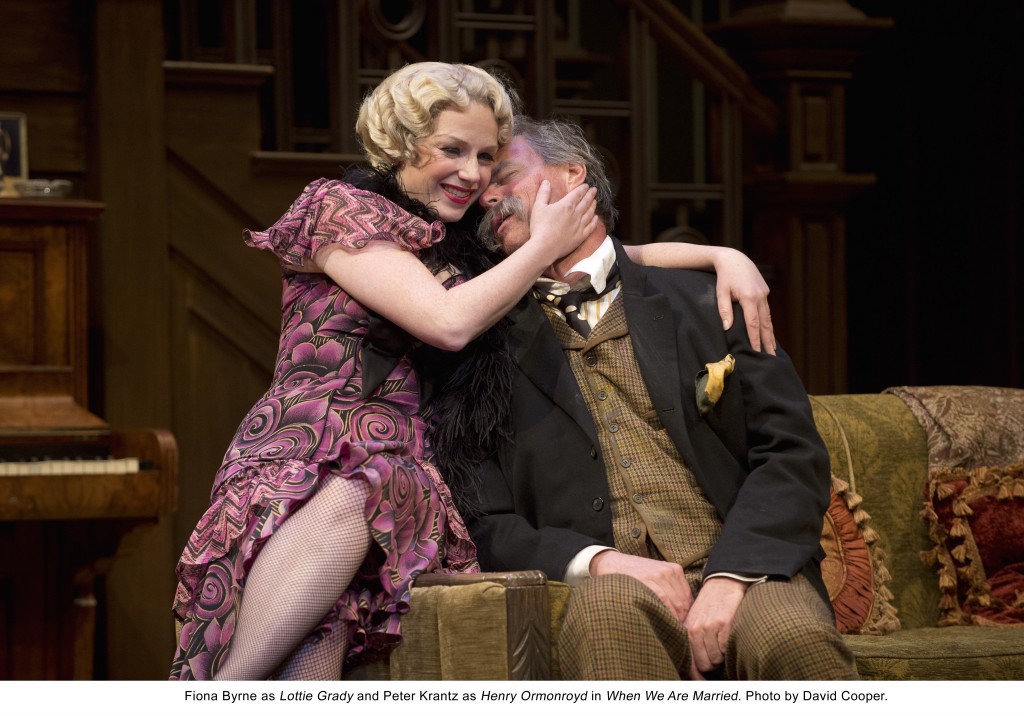 Three decidedly Yorkshire couples, with each celebrating twenty five years of matrimonial union, are informed that, officially, they are not married. Prior to this shattering revelation, pretty devastating stuff for when the play takes place, it has been obvious to us that each relationship, festivities aside, is not akin to musical harmony but played instead, rather atonally, in the keys of resentment, suppressed anger and even contempt. Since they are no longer married, each of the six involved individuals no longer has to play the role or attitude till now assumed.
Three decidedly Yorkshire couples, with each celebrating twenty five years of matrimonial union, are informed that, officially, they are not married. Prior to this shattering revelation, pretty devastating stuff for when the play takes place, it has been obvious to us that each relationship, festivities aside, is not akin to musical harmony but played instead, rather atonally, in the keys of resentment, suppressed anger and even contempt. Since they are no longer married, each of the six involved individuals no longer has to play the role or attitude till now assumed.
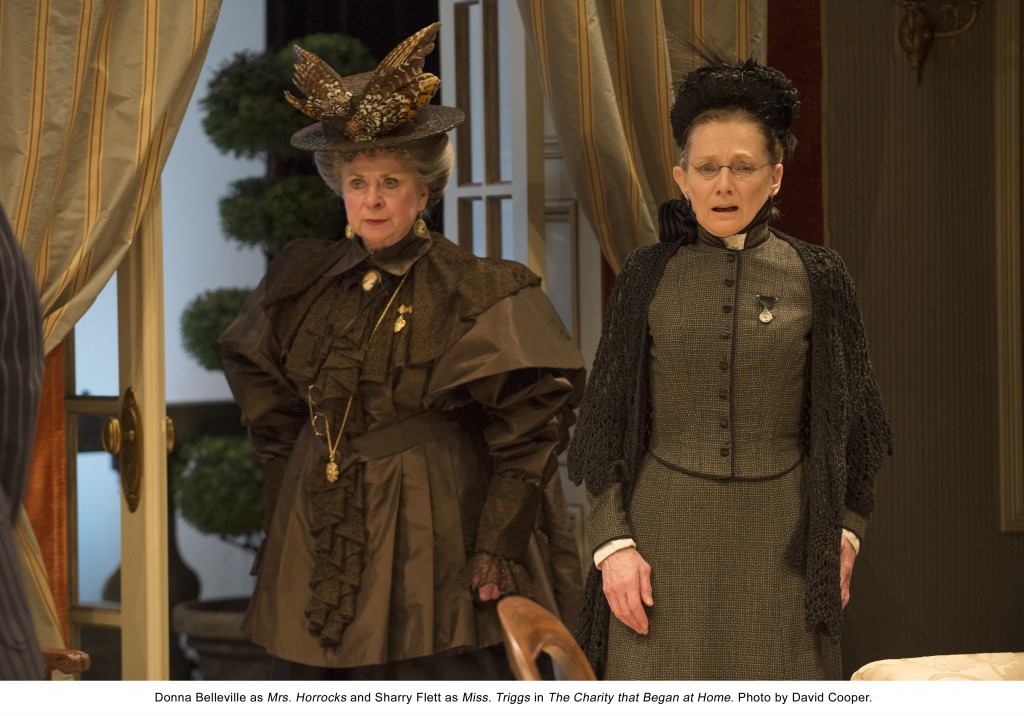

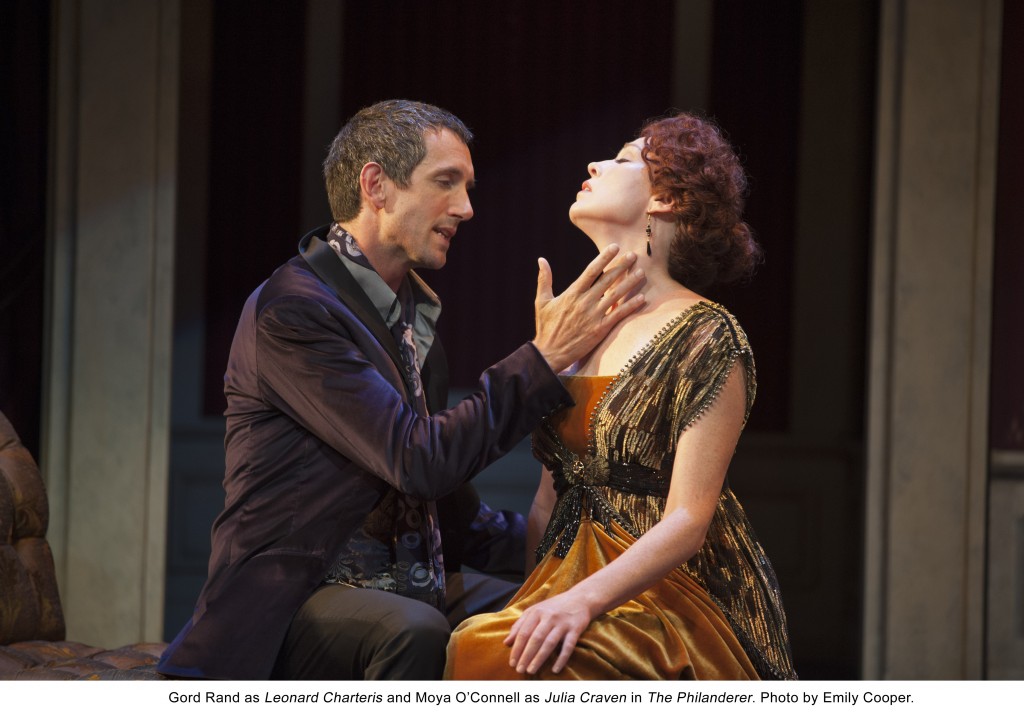
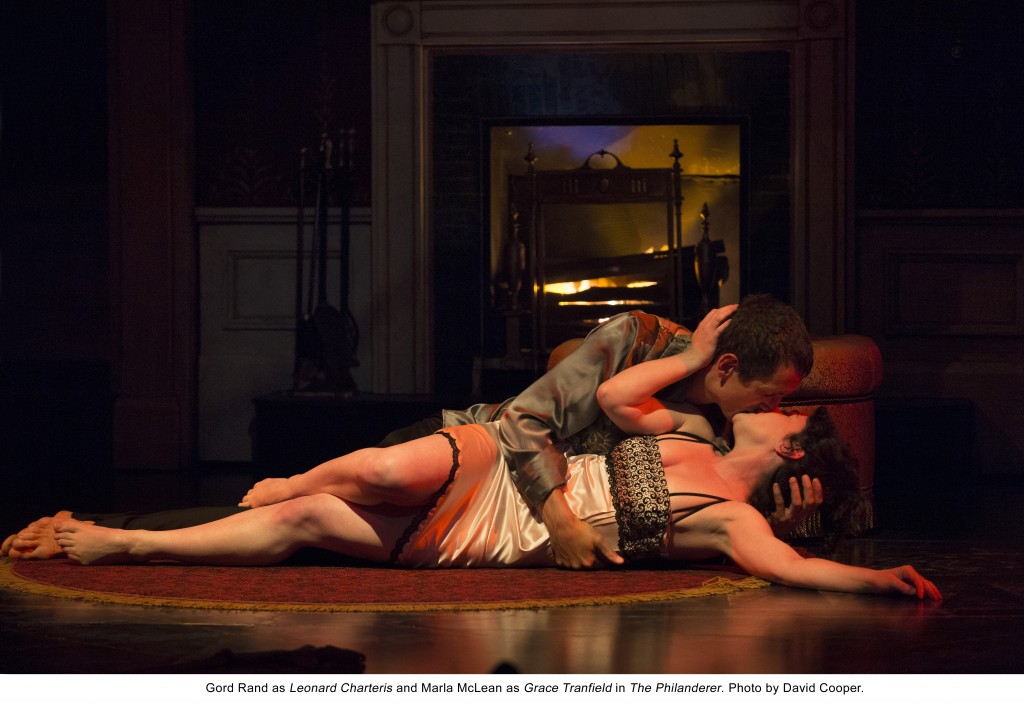 For maybe four decades, on every trip to London, I have made it a point to visit the National Portrait Gallery and sink, each time, into the gaze of one or two different female subjects who hang there as portraits. Two visits ago it was Lady Colin Campbell, done in oil circa 1897, who according to the Shaw Festival program notes was “an experienced and accomplished philanderer.” Relevant to the festival’s production of The Philanderer by Shaw, it is she who convinced Shaw to ditch his last act for a rewritten one. Happily, this production uses the original last act as the playwright had intended before Lady Colin, fearing social vulnerability, directed her deep, intense, and overpowering eyes at him and declared that the last act “ought to be put into the fire.”
For maybe four decades, on every trip to London, I have made it a point to visit the National Portrait Gallery and sink, each time, into the gaze of one or two different female subjects who hang there as portraits. Two visits ago it was Lady Colin Campbell, done in oil circa 1897, who according to the Shaw Festival program notes was “an experienced and accomplished philanderer.” Relevant to the festival’s production of The Philanderer by Shaw, it is she who convinced Shaw to ditch his last act for a rewritten one. Happily, this production uses the original last act as the playwright had intended before Lady Colin, fearing social vulnerability, directed her deep, intense, and overpowering eyes at him and declared that the last act “ought to be put into the fire.”